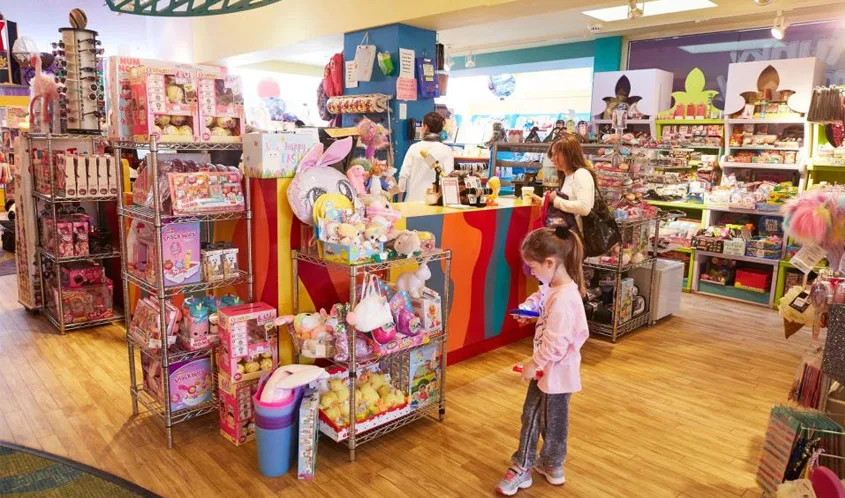Image: Newsday
by Dax Dasilva, Lightspeed
It seems like the holidays sneak up on us every year. It’s not that we don’t know that they’re not coming, but in a lot of cases, it’s not something that we plan for as early as we should.
If you’ve been in the toy business for any amount of time, you know holidays are the biggest season for toy retailers. According to the NPD Group, nearly 50 percent of all toy sales occur at this time of year. Using inventory, employee, and sales data effectively can have a substantial, positive impact on a store’s performance throughout the season.
Assess your inventory
Planning inventory is one of the most important, but least understood, pieces of running a successful retail business. This rings especially true in the toy industry due to the need to carry high-volume SKUs, such as collectibles and small accessories. The most effective way to make sure your business has the right toys this holiday season is to forecast sales based on data from previous years, year-over-year growth, and what toys in your area are the most popular. This information will provide insights into how much inventory you need to meet those goals. To do this, look at your inventory turnover, what currently is on hand, and how long it will take to sell through that inventory. Lastly, look at the level of return your stock is going to give. Reviewing gross margins, sell-through percentages, and inventory shrinkage will provide insights into the effectiveness of your forecast and if changes are needed.
Improve your employee management
With the holiday season being the busiest time of year for the toy industry, you are going to need to increase staffing to assist with the high volume of people that are going to be coming in. When done the right way, this can help the store run more efficiently all year long. The first and most important step is hiring the right people: Candidates that will show up on time, add fun to your customers’ toy buying experience, and make strong sales. While meeting potential candidates, be honest about what the role will entail and, most importantly, make sure they have the availability you need!
Once you have chosen from the candidates, make sure to give them the tools they need to succeed. Whether the store is calm or in the middle of a high-volume sales period, they should get formal training to outline what’s expected of them. Comprehensive tools in POS systems such as Lightspeed Analytics can provide digestible reports to help track employee performance, and with that information, hold them accountable to the standards set during their training period.
Evaluate your sales
Sales are what measures success for a toy business, and understanding how your store is generating revenue allows for improved sales strategies. Using a variety of metrics including sales per square foot, conversion rate, transaction value, and year-over-year growth, you can make smarter decisions and build a stronger business.
It is essential to consider how customers are shopping and how the store is set up during the holidays. Conversion rate, the percentage of visitors that turn into buyers, and average transaction value, the general amount each customer is spending, will give an overview of how well your staff is selling. Examining sales per square foot provides insights into how you can improve the store layout, allowing you to identify where the must-have gifts and impulse items should be within the store. Also, examine whether the business is seeing year-over-year growth in profit. Measuring profits will enable you to make smart decisions such as lowering the cost of goods or reevaluating expenses.
With evaluating and understanding these pillars of your business, you’ll be able to commit time and resources where it matters most. By leveraging the data your store generates, you are on the right path to optimizing your inventory, employee management, and overall sales—and it’s never been easier to access and interpret that information.
Get started with a holiday strategy as early as you can. By doing so, you can simultaneously reduce risk, increase profits, upscale staff and proactively get parents the products their children want for the holidays.
Dax Dasilva is the creative mind behind Lightspeed‘s suite of retail, restaurant and eCommerce tools. Founded in 2005, Lightspeed develops a cloud commerce platform used by customers in over 100 countries. The company has eight offices around the world and employs almost 700 people.

